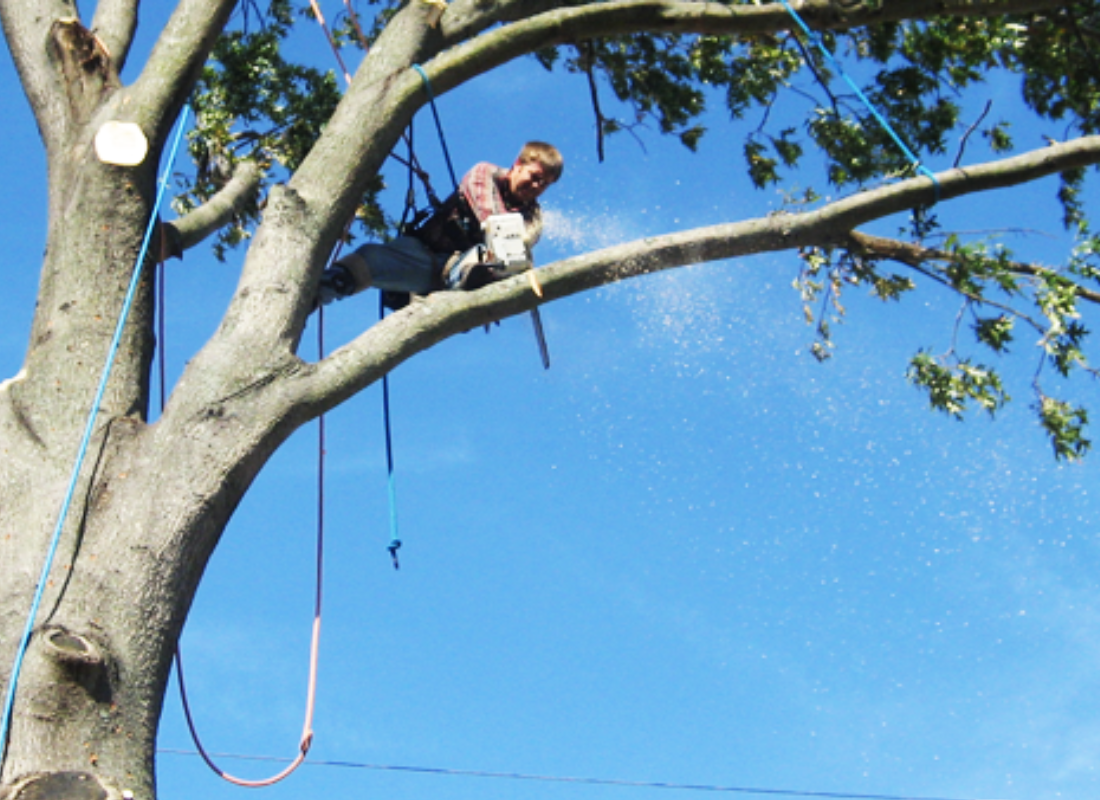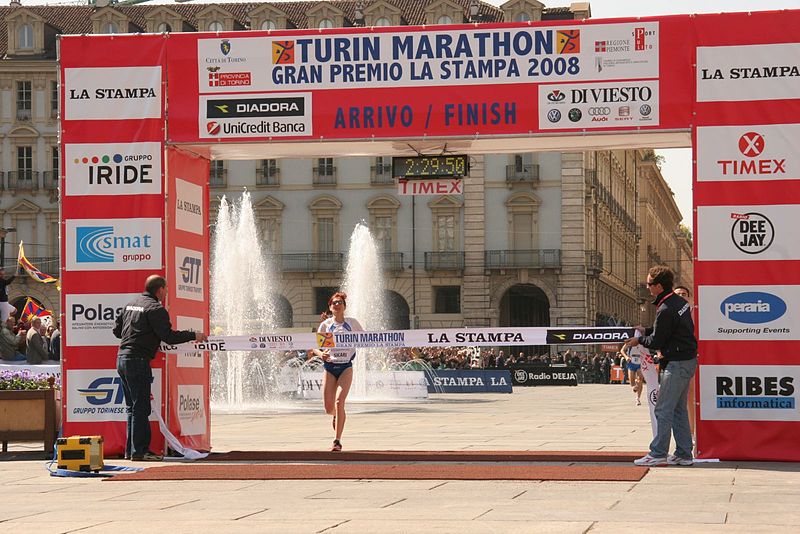
David Mamet, the playwright and filmmaker, once remarked that, “Stories happen because somebody wants something and has trouble getting it.â€
Therein lies the basis of every story ever told. Luke wants to defeat the Empire, but pesky Vader gets in the way. John McClane wants to reunite with his wife, but pesky terrorists get in the way. Thelma and Louise want to have a nice holiday, but a pesky corpse gets in the way.
It is a central truth that all good stories have a clear structure. Even in apparently structure-less stories - like Christopher Nolan’s short-term-memory-loss-focused, backwards-told Memento - certain essential structural elements remain.
When it comes to creating your own stories – even if you’re planning a backwards-told, amnesia-fuelled behemoth – they need structure.
So what exactly is structure?
Essentially, story structure provides a skeleton to hang the meat of your story on. It frames your story, giving it an accepted rhythm. I like to think of it as giving shape to an amorphous blob.

The horror. The. Horror.
A simple, tried and tested one is the Three Act structure. Many people attribute Three Act Structure to Aristotle, when he decreed that “A whole is what has a beginning and middle and end.â€
And a Beginning, Middle and End is, basically, what the Three Act structure gives us.
In the words of George Abbott, the theatre and film director-producer, the Three Act structure looks like this: “In the first act, your hero gets stuck in a tree. In the second act, you throw stones at him. In the third act, you get him out of the tree.â€

Pictured: Plot
First and foremost, we need to introduce our character and establish their routines: their equilibrium. Who are they, what do they do, what is their life like before the events of our story take place? The audience needs to understand who the main character is and why the story is important.
After that, we have what is called an ‘inciting incident.’ A grand title for something that just upsets their equilibrium. Luke’s uncle gets killed. McClane’s wife gets taken hostage. Thelma and Louise kill someone. They all get ‘stuck in a tree’ and their lives are changed forever. The rest of the story focuses on how they respond to this change.
Act Two focuses on the character’s pursuit of their goal. Are they trying to save the town from a monster, are they chasing The Bad Guy, are they pursuing the love of their life? They need to struggle, otherwise the story doesn’t work. They can’t just get the thing they need immediately, or else their victory doesn’t mean anything and it isn’t a satisfying story.
.jpg)
“That payoff better be pretty sweet!â€
Herein lies the bulk of your story, in your character trying but not succeeding at their goal. Usually, Act Two ends with the lowest point for your protagonist where the odds are stacked against them and all is lost. In Westerns, this is the point where Ol’ Two-Teeth Joe, the sheriff’s buddy and friendly town drunk, is killed by the baddies. So many rocks have been thrown at our hero that they feel like just giving up.
Act Three provides the resolution of your story. Our protagonist uses what they have learnt during Act Two to overcome their obstacles and achieve their goal. A new state of equilibrium, better than the one at the beginning of the story, is reached.
Here is the final emotional payoff, and it is all the sweeter because they really struggled to get there.

“You may have got Ol’ Joe, but I still won the race!â€
Now some of you may be thinking ‘That’s very prescriptive. I don’t want to make my story to be shackled by arbitrary rules!’ and you’d be right. The traditional Three Act structure has raised the ire of many writers, and it does have limits.
But its rules are not hard and fast; they can be played with. An audience expects stories presented in a certain way, but you can subvert the structure to great effect. Just because the audience anticipates one thing, does not mean you have to give it to them.
I like to think of the Three Acts in terms of changing states. Our character starts in one state and they are comfortable in their routine. Something shakes them out of it and means they cannot go back to the way it was. They are in a state of flux, trying to solve the problem. They try, they fail, they try again, they fail. Finally, they succeed and achieve a new state, better than before. The end.
Play around! Make it your own! Structure is there to be subverted and rules are to be bent and broken. But you can’t subvert something if you don’t know what you’re subverting.

Just try to avoid this.

Adam graduated from the University of Manchester with a Master’s in History and wrote for university publications as a student. Since then, he has been plying his trade as a journalist and writer. Most recently, he was the winner of Best Screenplay at the BBC’s 24-Hour Film Competition for Breakdown. It received praise for its real, emotional connection with audiences. He is also currently developing Hit the Heist Note – an ensemble comedy – with the talented people at Union Pictures. Adam occasionally writes here: www.adamsam.co.uk, and slightly less-occasionally tweets here: @Thakeman




.0af71f.jpg)
.ec8cc4.png)